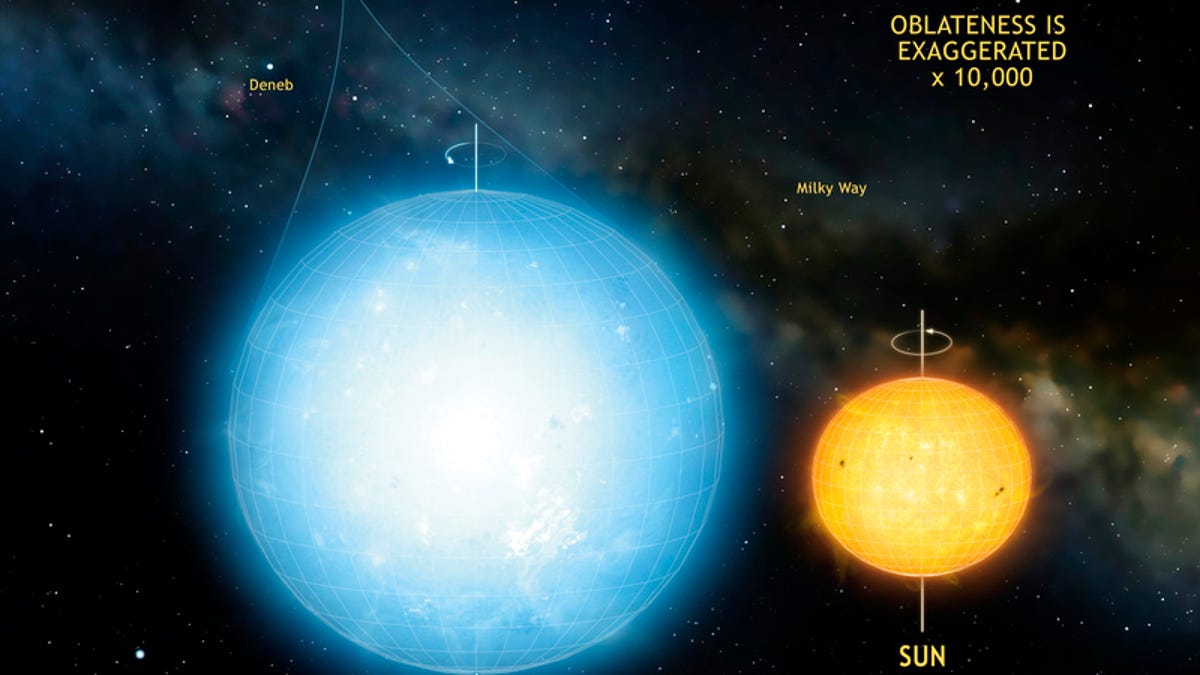This star is the roundest natural object in the universe
Well, that has been observed, anyway.

Cosmic objects are never perfectly round. Centrifugal force slightly flatten them as they spin into a very slight elliptical shape around the equator. The sun, for instance, measures 10 kilometres more in radius at the equator than at the poles (of a mean radius of 695,700 kilometres). The Earth measures 21 kilometres more in radius at the equator (of a mean radius of 6,371 kilometres).
Kepler 11145123, some 5,000 light-years from Earth, is the roundest natural object ever spotted in the skies. With a mean radius of 1.5 million kilometres, the equatorial radius is just 3 kilometres more than the polar radius. It's almost perfect in its roundness.
Laurent Gizon from the Max Planck Institute for Solar System Research and the University of Göttingen and his colleagues used the star's oscillations, or periodic expansions and contractions that can be detected in the star's brightness, continuously for over four years to measure its roundness. Different modes of oscillation are sensitive to different latitudes. This sensitivity allows the researchers to compare them.
The star is less elliptical than its slow rotation, three times slower than the sun, would account for. According to the team, magnetic fields could make the star look more spherical.
The team plans to apply this method to other stars. "It will be particularly interesting to see how faster rotation and a stronger magnetic field can change a star's shape," Gizon said. "An important theoretical field in astrophysics has now become observational."

